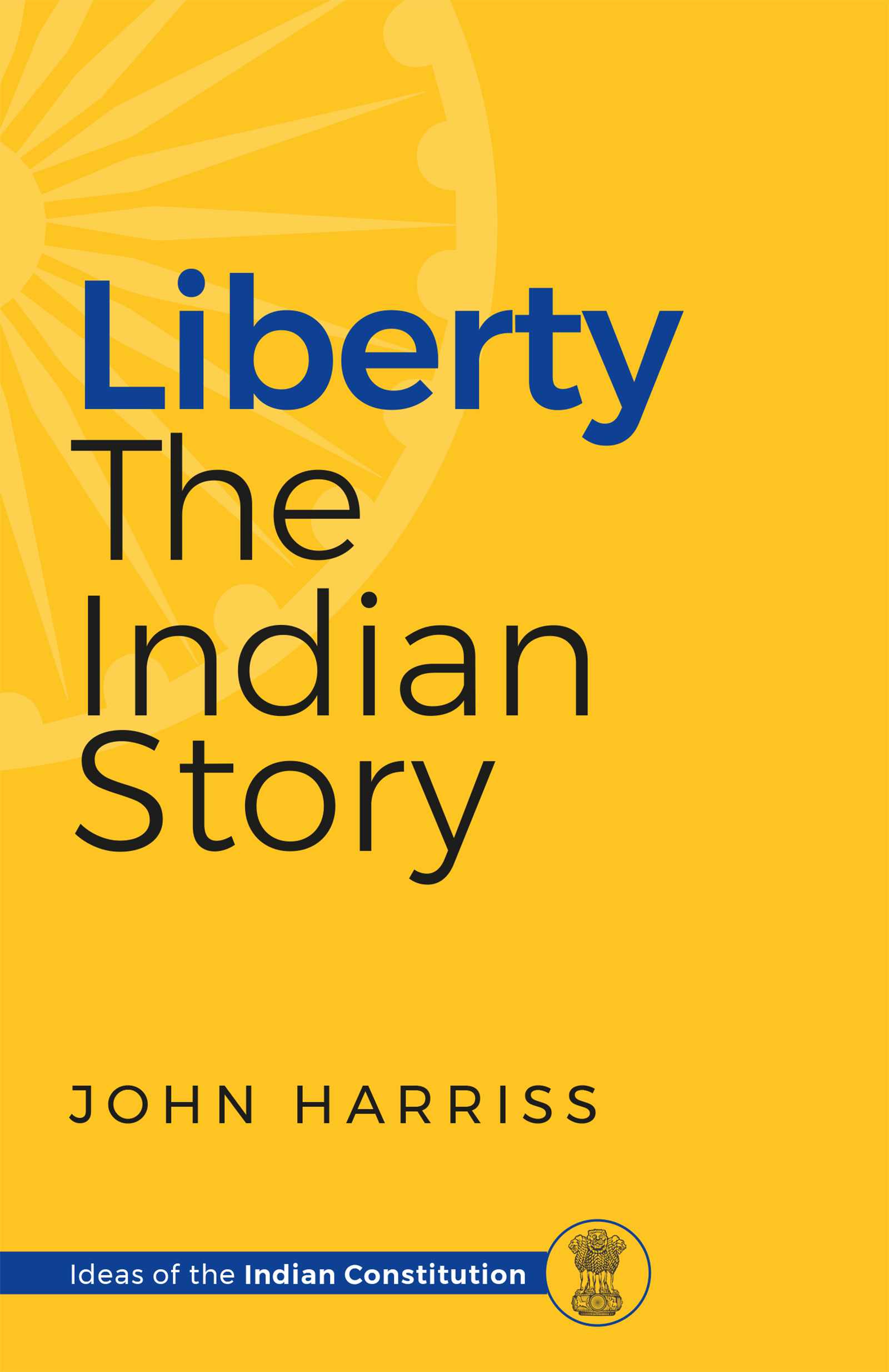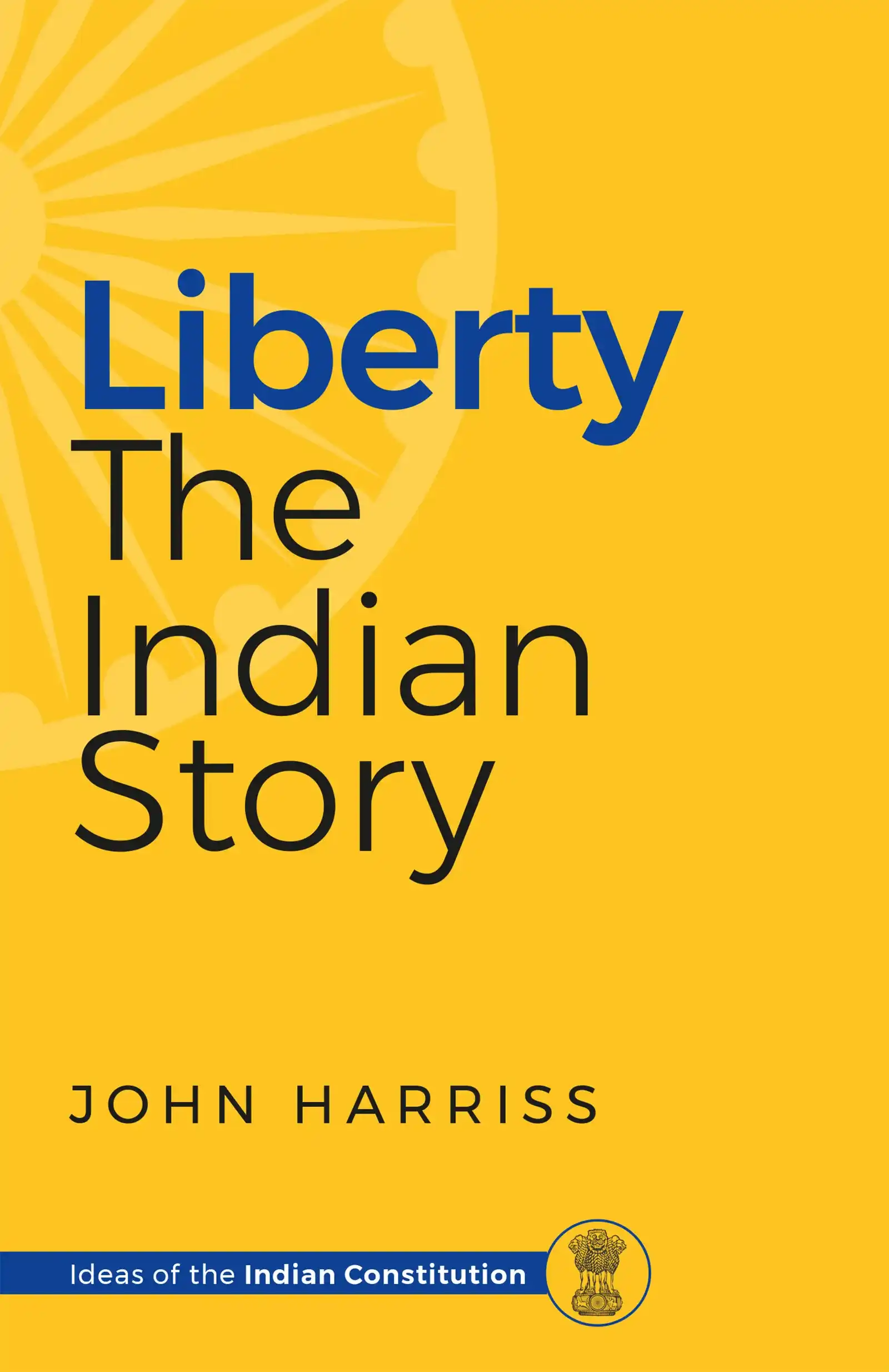Price
$11.00

Few societies in the 19th and early 20th centuries remained untouched by the radical new idea of liberty, which implied both individual freedom and freedom from despotic rule. The leaders of India’s anti-colonial struggle, in making the concept their own, expanded its purview. But this definition of freedom, understood as socio-economic justice, was found to be fundamentally at odds with its narrower meaning during the debates in the Constituent Assembly. As Professor John Harriss shows in this book, a fierce battle has thus played out ever since the setting up of the Republic between what are referred to as negative and positive freedoms, or, broadly, the guarantees of the Fundamental Rights, and the goals of the Directive Principles of State Policy. The contest has often been one between a judiciary adhering to the Constitution and a Parliament pursuing what Nehru called ‘real freedom’ for the masses. Several Constitutional amendments—the 1st of 1951, the 24th and 25th of 1971, ....

